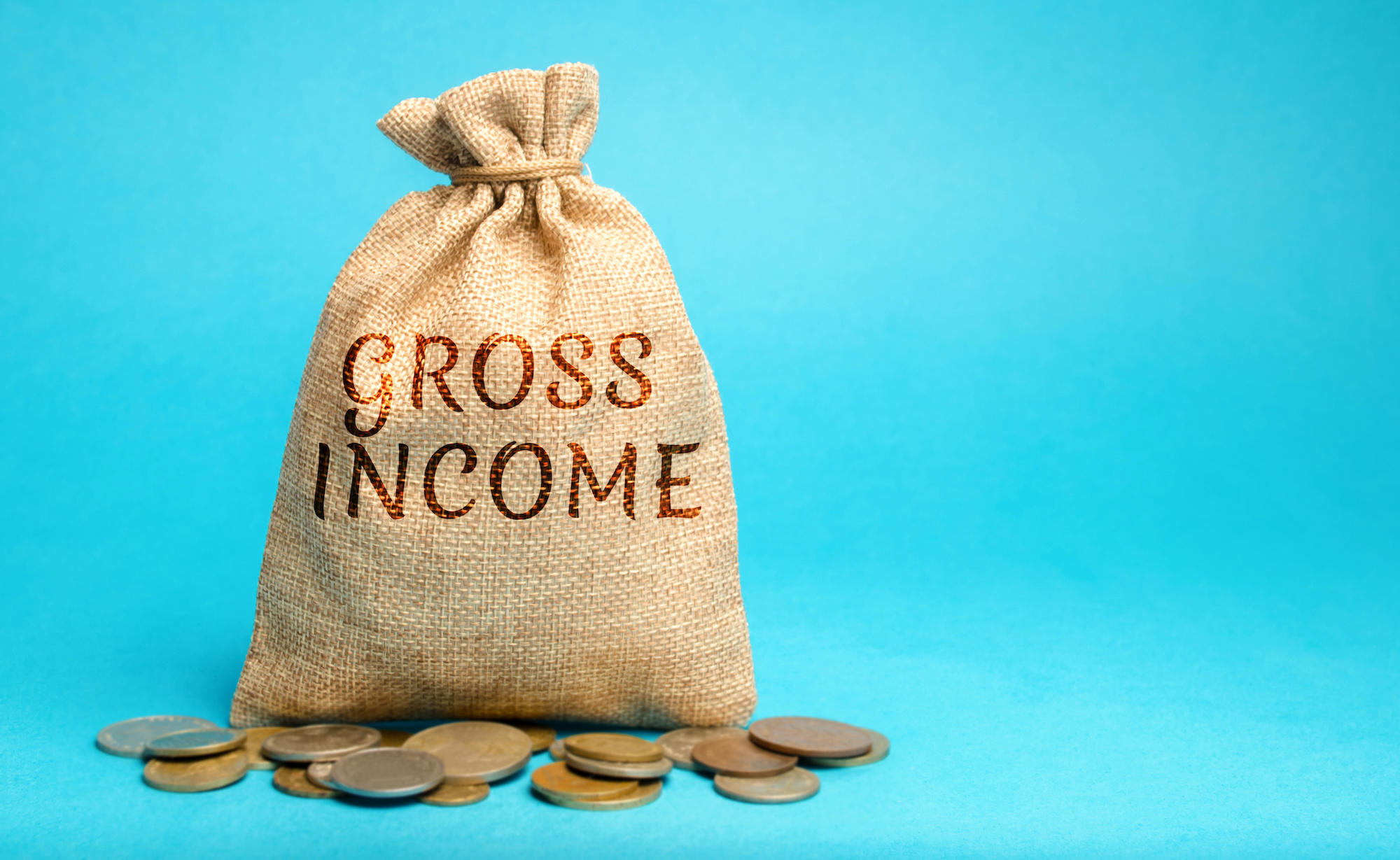What is net operating income in real estate?
Net operating income (NOI) is a real estate term representing a property’s gross operating income, minus its operating expenses. Calculated annually, it is useful for estimating the revenue potential of an investment property. NOI is not affected by how you finance a property—whether you get a mortgage or buy with all cash.

Table of contents
How to calculate net operating income Gross operating income vs. net operating incomeWhat NOI can tell you about a real estate investmentNOI and other financial metricsHow to calculate net operating income
Simply put, NOI is gross operating income less operating expenses. The formula for NOI is:
Net Operating Income = Gross Operating Income – Operating Expenses
Since you typically calculate net operating income annually, you’d add up all of the income the property generated in that year to get gross operating income, and then subtract all the money you spent to operate the property. To evaluate a potential investment property, you would estimate these numbers based on research.
However, gross operating income isn’t just the ideal annual rental income generated by a home or an apartment building at full capacity. You must still take into account actual or potential vacancies.
Also keep in mind that operating expenses involve only the day-to-day payments you must make to keep your rental property running properly. That includes payments to an accountant and lawyer, a plumber and electrician, or a gardener or groundskeeper, and property taxes, but not your personal income taxes or payments you make to the bank for your mortgage.
Gross operating income vs. net operating income
Gross operating income, also known as “effective gross income” in the real estate world, measures a property’s gross potential income minus any lost rental income from when the property is vacant or credit loss from when tenants aren’t paying their rent. As a formula, this looks like:
Gross Operating Income = Gross Potential Income – Losses
In a perfect world, your property would be at full capacity every day of the year, and this is what gross potential income represents. In the real world, properties remain partially empty for a number of reasons: tenants move, lose jobs, or can’t pay rent for a number of months. If part or all of your property is empty, you can deduct these losses from the gross potential income to reach gross operating income.
If you’re wondering how to calculate vacancy and credit losses on a property you haven’t even bought yet, you can research vacancy rates or rate of default on rent among similar properties in the same market.
To get from gross operating income to net operating income, you deduct expenses related to the business of running your property. Instead of looking at the total amount of money you bring in from your rental property, it looks at the amount of money leftover (or “net”) after expenses. These costs might include insurance, property management fees, and repairs, plus fees for an accountant, a lawyer, and a superintendent or property manager.
Net operating income does not take into account all the fees and expenses that might accrue from the property as capital, including income taxes, mortgage payments, and amortization or depreciation.
What NOI can tell you about a real estate investment
NOI is useful in real estate investing because it either tells you (in retrospect) or projects how much income your property generates, relative to its expenses. Instead of showing how much money a property could make if it were rented at full capacity, it gives you a real-world snapshot of what a typical year of income from your property could look like. It will allow you to make a more informed decision when it comes to purchasing that property.

NOI and other financial metrics
In addition to offering a handy metric for assessing an investment property’s potential return on investment, NOI is also crucial in many other ratios that illuminate other aspects of the investment.
NOI and cap rate
Capitalization rate, or “cap” rate tells investors, in percentage form, how the income generated by a property relates to the value of the property. Much like NOI, it is a useful measure of just how much of the income a property generates will cover the price of that property. You calculate the cap rate by finding your net operating income and dividing it by the property’s purchase price.
NOI and debt-service coverage ratio (DSCR)
Property investors use this ratio to determine whether the money a property brings in will cover both its operating expenses and any mortgage payments. It is calculated by dividing the net operating income for the year (which already takes operating expenses into account) by the total amount of debt owed for the year (mortgage and interest).
NOI and net income multiplier (NIM)
The inverse of the cap rate, this ratio measures the NOI against the price paid for the property. It is calculated by taking the property’s purchase price and dividing it by net operating income. A lower NIM is preferable, as it means your NOI covers a greater percentage of your purchase price.NOI and cash-on-cash return
Also called cash yield or the equity dividend rate, cash-on-cash return gives investors an accurate picture of cash flow. An annual measure of earnings on a property compared to the amount of mortgage paid in that year, it is calculated by dividing your annual pre-tax earnings by your total cash investment. It will tell you the percentage of your property’s full purchase price is covered by your annual earnings from that property.
Bungalow is the best way to invest and manage your real estate portfolio. We work with you to identify, purchase, fill, and manage residential properties—so that you can enjoy up to 20% more in rental income with a lot less stress. Learn more about Bungalow.
Ready to find your next home?
Move-in ready homes and a built-in community so you can feel at home, together — wherever you are.
Suggested articles



